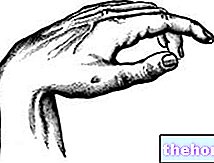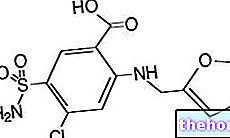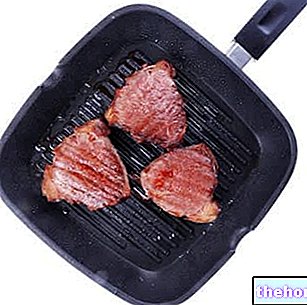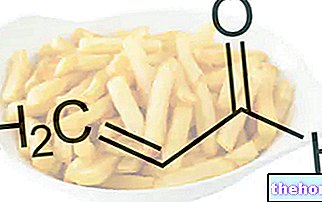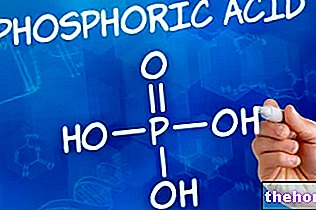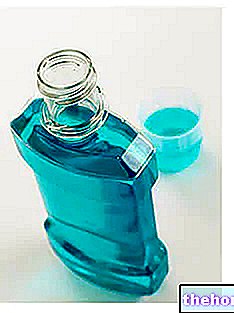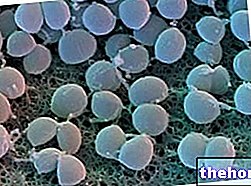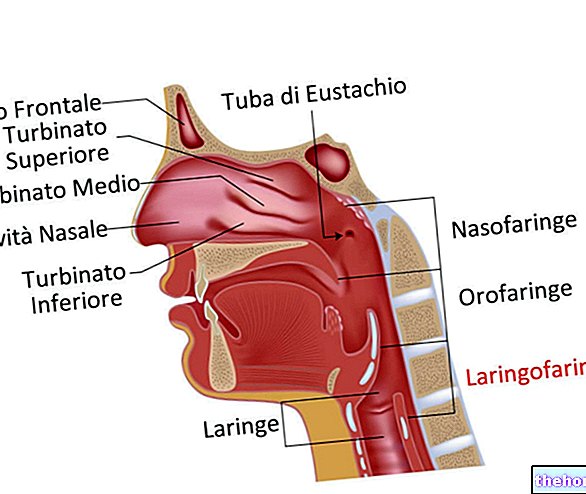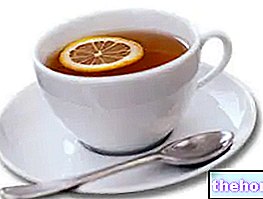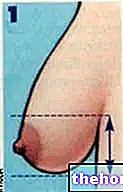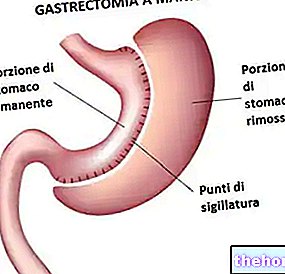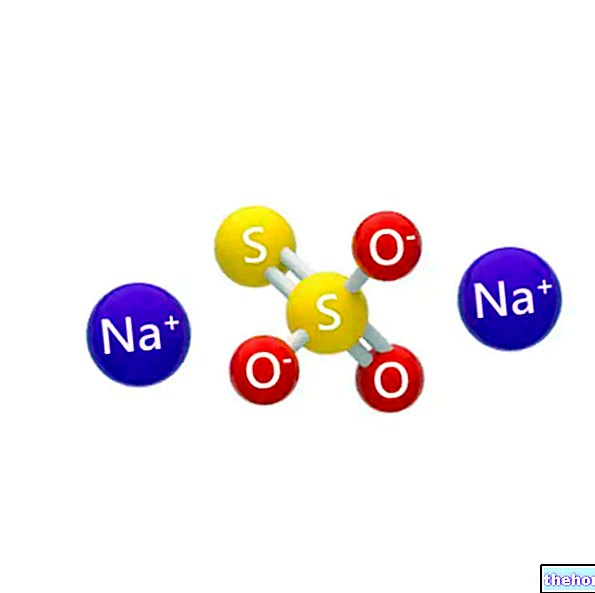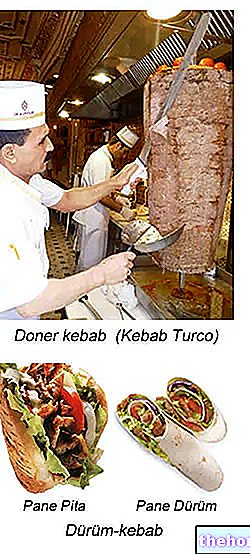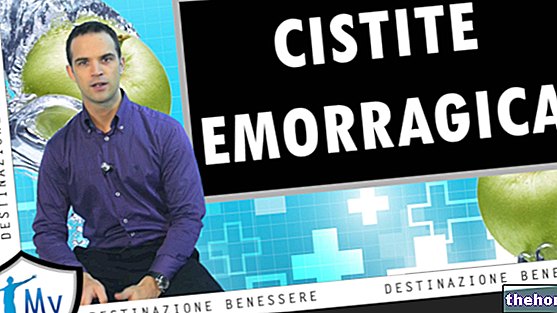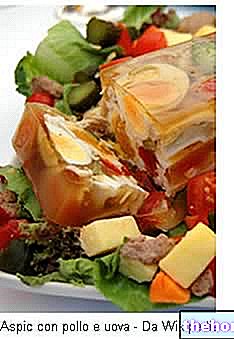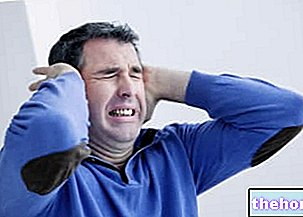Xenobiotics, and more, can cause serious damage to the genome inside our body. The term used by experts to describe this process is MUTAGENESIS.
Mutagenesis is the modification of the genetic code, resulting in modification of triplets and the gene product (protein). The alteration induced by a gene mutation can have 3 main fates:
- suspension of the gene product induced by the introduction of the STOP codon;
- loss of functionality of the gene product;
- decrease or increase in the activity of the gene product.
These changes in the genetic code can affect both germ cells and somatic cells. If the mutations affect the germ cells (male and female gametes) they cause genetic diseases. During meiosis, for example, an incorrect distribution of chromosomes can occur, with consequences that affect the unborn child, such as Down syndrome, known as trisomy of chromosome 21.
If the mutations affect the somatic cells, the latter may or may not undergo the formation of neoplasms.
The extent of mutagenic damage depends on several factors:
- concentration of the mutagen in the environment;
- distribution of the mutagen in the human organism;
- metabolization of the mutagen;
- chemical reactivity of the mutagen;
- damage repair capacity by cells;
- ability of the target tissue to recognize and suppress the multiplication of cells with aberrant properties.
Point mutation
Point mutation predicts a change in a nitrogenous base. This substitution can be a transition or a transversion.

The transversion consists in an exchange between different nitrogenous bases, therefore a purine with a pyrimidine.
The gene result will be the wrong amino acid instead of the correct one, with very different potential consequences.
EXAMPLE OF PUNCTIFORM MUTATION
CTC = Leucine if Thymine has been replaced with a Cytosine CCC = Proline
As you can see, with the substitution of a single base we have a different coding of amino acids, therefore different messages.
Mutation by displacement of the reading module
This type of mutation consists of a deletion or an addition of pairs of nucleotides. Having two triplets, GCC and CGG, which code for two amino acids, the first for Alanine and the second for the amino acid Arginine, if a mutation by displacement of the reading module gives rise to different amino acid sequences.
Silent mutation
The silent mutation is an "alteration of the triplet encoding an amino acid, which following this mutation always encodes the same amino acid while changing the gene sequence.
Dissent mutation
The triplet undergoes a mutation going to code for a different amino acid, then the gene sequence is altered with modification of the final protein product. In this case, the protein may still be functional if the mutation occurred in a point of the polypeptide chain that has little influence on the activity of the protein, but if instead the mutation occurred in an important point of the polypeptide chain, the activity of the protein may be heavily or modified.
Non sense mutation
The nonsense mutation leads to the formation of a stop codon, so the protein is significantly shorter.
How does a mutagenic substance cause these mutations? There are three main ways in which mutagenic substances can cause severe DNA damage.
The first way is to replace the nitrogenous bases. Some substances that induce mutations have a chemical structure very similar to purine and pyrimidine bases, so they are classified as analogues of the bases. These analogs therefore replace the original bases. The problem arises when the DNA-polymerase will find itself replicating the DNA by encountering different bases; consequently there will be errors at the level of nucleic acid replication.
The second way consists in an "alkylation of the bases by alkylating agents. These agents can be monoalkylating agents, and in this case they bind in only one point of the nitrogenous base, or byalkylating agents, such as nitrosamines and" aflatoxin, which bind in several points of the nitrogenous bases.
Finally, the third way consists in the introduction of planar molecules that move the reading module, with consequent modification of the result.
Other articles on "Mutagenesis and mutations"
- Toxicological hazard identification
- Toxicity and toxicology
- Chromosomes and chromosomal mutations

